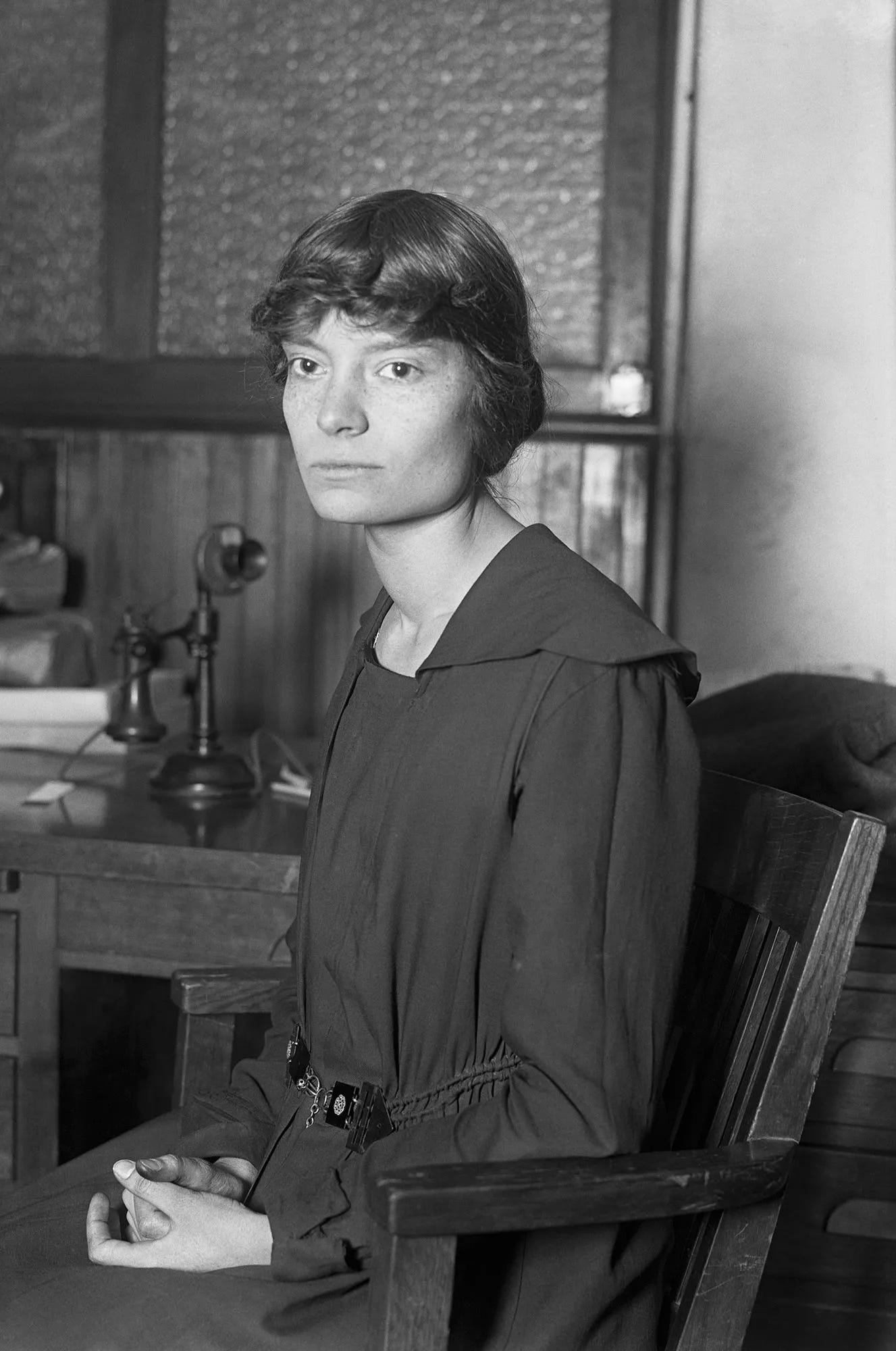I am a great caller of hotlines. Or rather, warmlines. These are phone numbers you can call if you just want to “talk to someone.” You don’t have to be in crisis — although you can be. They’ll usually talk to you for about fifteen minutes, and make sure you’re ok. It can be quite pleasant. The people who volunteer on these lines are good citizens, devoting their time to the wellbeing of their fellows.
I also like to call an Evangelical prayer line from time to time. It’s quite different from a mental health phone line. For your edification, I’ll compare the two experiences.
First off, when you call a mental health warmline, you often hear waiting music. It kind of sounds like Muzak in an elevator. If there are other poor souls already talking before you, you might have to wait a bit. It can get quite lengthy. That’s when a hotline is more in order than a warmline, depending on the degree of your distress. When you finally get on the phone, they ask you your name. I usually choose to remain anonymous, although the responder typically sounds a bit disappointed when I say this. People like to hear other people’s names. It humanizes them, especially across the distant sound waves. Then they’ll ask you what’s going on. Their tone is often gentle and kind.
I launch in. I tell them What’s Going On. They listen, and although they technically aren’t allowed to offer personal stories or feedback in the form of advice, many responders do. After all, that’s what I’m calling for — another person’s thoughts on the situation.
On both warmlines and the Evangelical prayer line, there are what I like to call two Essential Questions. These come at a point midway through the discussion, and one typically follows the other. On the mental health line, after you have bloviated for a bit:
Essential Question 1. Are you thinking of killing yourself today?
Ugh. I hate answering this question. My answer is always the same. “No,” I say.
The responder usually sounds relieved. (“Thank God! I don’t have to call the police,” they are most likely thinking.) And then comes Question Two:
Essential Question 2. Are you seeing a therapist?
Ah yes, the invocation of the Therapist. The fixer of all problems, the drainer of all wallets. At this point I usually say that I’ve gone through therapists like a rat rifling through a backyard trashcan, but no, I am not currently “seeing” one. This usually meets with muted disapproval. In secular society, the Almighty Therapist is the curer of all ills, and to not be “seeing” one, especially if you are white and upper middle class, is akin to negligence — like not paying your taxes. Nevermind, I say, I am not interested.
Part of my antipathy is revulsion at the euphemism and sanctimony of therapeutic language. For God’s sake, if you’re not a sea captain with a full beard wearing a blue-and-white striped nautical shirt, stop saying you’re “navigating” something. And unless you’re a formerly disembodied apparition, for the love of all that is holy stop talking about how you’re “showing up” in relationships.
My frustration with the mental health phone lines is part of what led me to the Evangelical prayer line. From the start, it’s another approach entirely. There is no waiting Muzak, but the sound of a piano playing while a woman speaks soothingly. “Jesus loves you. He gave his life for you.” Even hearing these words, I already feel better. The recording starts to address the Lord. “Show your precious child you’re with them.” In the midst of this exhortation, a small electronic sound can be heard when the call switches over to the Prayer Minister. “Hello, welcome to the Prayer and Help Line, how can we pray with you today?” I start describing my issue. They usually don’t like to wait too long before we get to the prayer. And the voices on this line can be quite different from the mental health line — there are more Southern accents, more sounds of the heartland.
But still, there are the two Essential Questions. These usually come after I have briefly described my problem.
Essential Question 1: Have you accepted Jesus Christ as your Lord and Savior?
Ha. I love answering this question. My answer is always the same. “Yes,” I say.
This meets with approval. Then comes Question Two.
Essential Question 2: Do you have a home church?
Yes, I say, I do. After trying out a variety of churches in my area, I have finally settled on one or two that hit the spot and that I attend services at regularly. I am happy when I hear myself say this.
“Alright, let’s pray. Heavenly Father, we lift up Emma today in prayer—”
And that’s when the intercession begins. I think most people responding on this line have a sort of online database of verses which correspond to any given situation (unemployment, a breakup, illness in the family), and you can hear them cogitating and looking through their options before they launch in. The prayer usually starts slowly. The Minister’s voice is calm, but depending on who you get, especially if they are some kind of charismatic, they can really get ramped up. I love it when this happens. I usually close my eyes as they speak and hold out my hand (the one that isn’t holding the phone) in an open-palmed position, so I can receive God’s blessings. Sometimes the prayer can go on for a while. And at the end, I feel genuinely transformed — when I open my eyes the world seems a bit clearer, my soul more at ease. I can see the leaves on the trees out my window and hear the birds chirping, things I didn’t notice when I was stuck in my problem. “Thank you,” is usually all I can say, along with “Amen.” “God bless you,” I often add, before the phone is hung up.
I often feel struck by a strange sadness after these calls, just for a moment, because I know that’s a brother or sister I’ll probably never speak to again, although in that moment I felt closer to them than I do to most people in regular life. I wonder what the rest of their earthly existence will be like, and if I’ll see them in the afterworld.
To the extent that these two phone services represent the Two Americas, two different visions of wellbeing, they are both useful. But the prayer line reaches beyond the utilitarian to the transcendent — fulfilling the original meaning of the Latin word “religio” or “religare:” to re-tie, or re-fasten, one’s being to its source. I need God because I’m fucked up, not because I’m perfect. And sometimes I need a voice on a phone line to remind me of that.
In honor of Holy Week, I am highlighting the lives of several female saints and mystics. Most of this information comes from the book “Treasury of Women Saints” by Ronda De Sola Chervin. The book is split into six sections: Young Saints, Motherly Saints, Martyrs, Prophetic Saints, Interior Women of the Spirit, and Sinners Turned Saints.
Mary Magdalene, a personal favorite of mine, had no fewer than seven demons cast out of her. She is the preferred saint of those who wish to turn away from sexual sin and embrace chastity or some form of penitence. In the book of John it also says that she was the first person to whom the resurrected Christ appeared. This early 16th century Cretan icon depicts her reaching out to Jesus who has appeared on the first Easter, while he responds and says Touch me not; for I am not yet ascended (John 20:17).
Dorothy Day is not technically a saint, but her official title is Servant of God (how cool is that?). Born in 1897, she was a journalist and also became a Benedictine Oblate. If you ever thought that you had to be a non-complex person in order to be on a spiritual path and do good in the world, Dorothy Day’s life is proof that no you do not. After an abortion at a young age, she later had a child with an anarchist. She was involved with socialist ideas for most of her adult life and co-founded the Catholic Worker Movement, as well as a corresponding newspaper.
Teresa of Avila, born in Spain in 1515, “had spurts of piety but was also rather wild” according to Chervin. Although she initially seemed “not at all inclined to religious life,” she became one of the most well-known mystics and writers in Christian history. French philosopher Georges Bataille, in his book “Erotism: Death and Sensuality,” explored Teresa’s accounts of divine bliss and “the relationship between eroticism and mystical spirituality.” Describing the soul leaving this Earth as a deeply pleasurable experience, an idea also raised by Michel de Montaigne which I cited in a previous essay, Teresa said after a near-fatal illness that “death is ecstasy.”
And lastly, Joan of Arc. Most of us are familiar with the story of the peasant girl who, guided by voices and visions, propelled France to a series of military victories in the early 1400s. This phenomenal painting, available to view at the National Gallery here in Washington, D.C., shows Joan at the moment she receives her calling. The Archangel Michael is flanked by Saints Catherine and Margaret, who are handing Joan her sacred helmet and sword. Her ordinary life is over, and she begins to understand her Christic identity and what she is capable of. I can do all things through Christ who strengthens me. —Philippians 4:13
Happy Easter.








